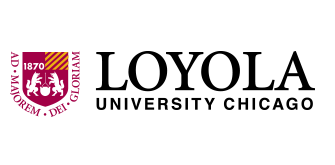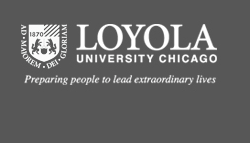Examining the Use of Amazon’s Mechanical Turk for Edge Extraction of the Occlusal Surface of Fossilized Bovid Teeth
Abstract
In order to reconstruct environments associated with Plio-Pleistocene hominins in southern Africa, researchers frequently rely upon the animals associated with the hominins, in particular, animals in the Family Bovidae. Bovids in southern Africa are typically identified by their teeth. However, identifying the taxon of a bovid tooth is challenging due to various biasing factors. Furthermore, inaccurate identification of fossil bovids can have significant consequences on the reconstructed paleoenvironment. Recent research on the classification of bovid fossil teeth has relied on using elliptical Fourier analysis to summarize the shape of the outline of the occlusal surface of the tooth and the resulting harmonic amplitudes. Currently, an expert in the field must manually place landmarks around the edges of each tooth which is slow and time consuming. This study tests whether it is possible to crowdsource this task, while maintaining the necessary level of quality needed to perform a statistical analysis on each tooth. Amazon Mechanical Turk workers place landmarks on the edge of the tooth which is compared to the performance of an expert in the field. The results suggest that crowdsourcing the digitization process is reliable and replicable. With the technical aspects of digitization managed, researchers can concentrate on analyzing and interpreting the data.


